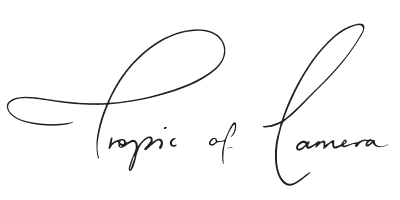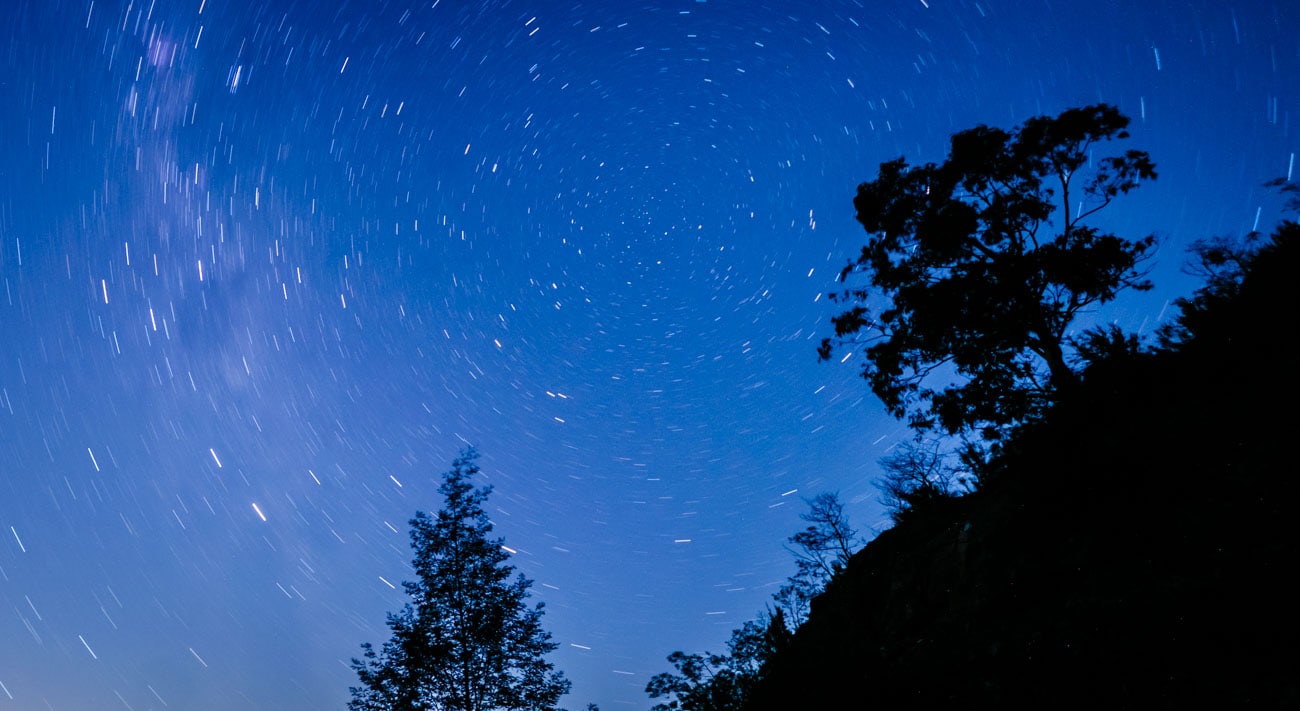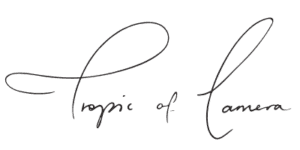I’ve wanted to try astrophotography since I got interested in landscape photography many years ago. Looking at those amazing astral photos, I wondered how it was done and what equipment I needed. Thankfully the rise of digital photography and the reasonable price of low-light lenses has made astrophotography affordable and fun. Apart from equipment, the main qualities you’ll need is patience, and a warm jacket!
My first real muddled attempt at astrophotography was in the Himalayas at Ama Dablam. I tried to get a night shot of the stars over the snowy peaks in the freezing weather. I lasted around 10 minutes outside, cold and tired from trekking all day. The result looked like an out of focus infrared photo…

I didn’t realise at the time that you need a completely clear night to get good quality star photos, and with Himalayan weather patterns, that’s a rare thing indeed.
My second, third and fourth foray into astrophotography was also uneventful. My dad and I have tried on many occasions to get out and use his telescopes, but whenever we make plans, the weather looks great then suddenly changes five minutes before before we leave into torrential rain and cloud.
So on my recent trip to the Upper Yarra Reservoir, I was stoked to find the perfect location for astrophotography. I checked the weather forecast before I left – while Saturday night was forecasted cloudy, Sunday was predicted clear. Although knowing the accuracy of weather in Melbourne, I took it with a grain of salt.
But come Sunday night, the clouds cleared for a perfect night of stargazing. We drove to the top lookout over the reservoir; while I’d been at the reservoir level photographing sunrise, I thought I’d check out the view from above the dam during the night. Hi-beams on, we drove up the winding road to the lookout. Not a soul around as we snaked around the curves uphill, avoiding potholes in the persistent darkness. Up the top, as my eyes adjusted to the light, the whole Milky Way sprawled out across the sky. Glorious!
It’s a sight you don’t get in the city because there’s too much light pollution. But even though we were less than two hours from Melbourne, it was completely different. I set up my wide angle at f4 to take several long exposures. You can see the difference in the exposure times below – the last photo was exposed for seven minutes.



As I was taking these photos, a bizarre yellow light grew on the ridge across from the lookout. I thought it was a fire or another campsite. As it grew larger, with my crazy imagination, I even toyed with the idea of it being a UFO (for a very, very short time). It turned out to be the full moon rising over the ridge. I couldn’t believe how bright or fast or yellow it was. When I took an exposure at f1.8, it practically beamed like the sun. I really understood how much sunlight is reflected from the moon while taking these photos.

I’m really happy with how these shots turned out for a first go. Sure there is more to improve and I’d love to get more static shots of the stars with a low-light wide-angle lens, as well as more composition and structure in the foreground and background.
But for an early start, I’m really happy with it.
Have you tried astrophotography? Let me know your best tips in the comments below. I’d love to hear from you!



